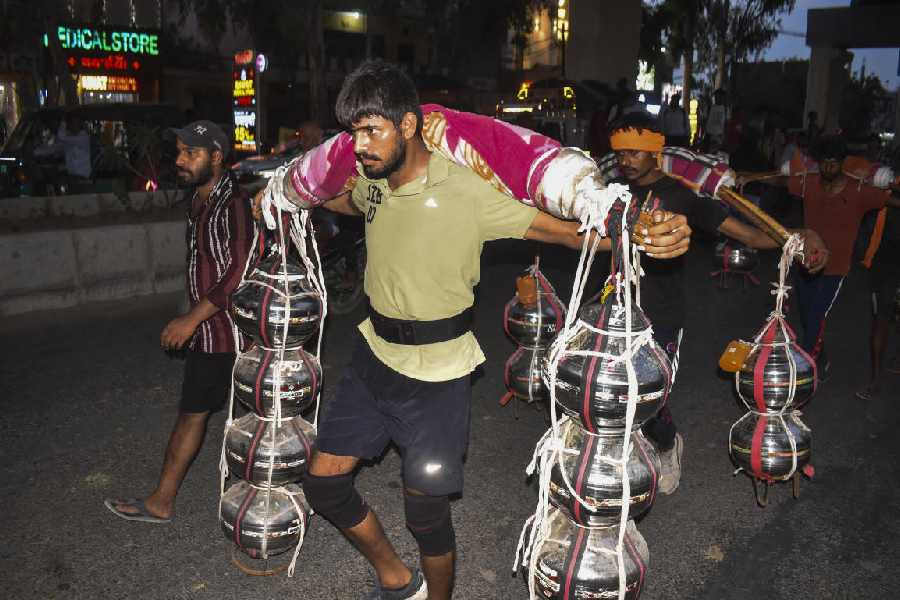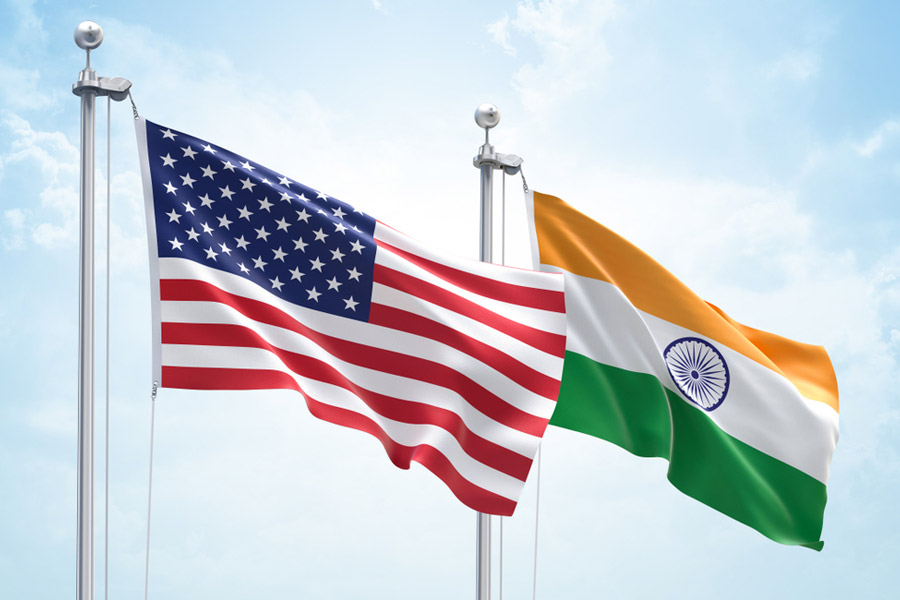 |
| Bhutanese children dressed in kiras |
April 10: Move over mekhela chador. The new garment sprawled on the Bodo loom is the Bhutanese kira, and going by the moolah factor, the trend is here to stay.
Bodo women are weaving their way into the Bhutan textile market, and how.
Rough estimates suggest that weavers from Chirang and Kokrajhar districts have captured eight to 10 per cent of the Bhutan cloth market and the figures are escalating rapidly.
When the Bodo belt began discovering a burgeoning demand for clothes woven in its looms in the Himalayam kingdom a few of years back, social workers lost no time to bank on this trend to root out poverty from these neglected villages.
When all you needed were a loom, spools of thread and some weaving skills to begin an export venture, the opportunity was too good to let go.
“Bodo women are expert weavers. Their traditional knowledge of weaving has stood them in good stead in Bhutan, which is devouring all their clothes. There is no dearth of order, ensuring a steady income,” said R. Basumatary, a social worker.
Hundreds of nimble-fingered women now sit in their little huts designing fabrics and a life they had only dreamt of.
Take Jyoti Borgoyary, for instance.
Jyoti only wove for her family to save them the cost of buying clothes from the market.
From that nondescript domestic loom she now churns out yards of clothes to be taken to Bhutan, which borders her village.
The money is good, of course.
A boku, the Bhutanese traditional garment for men, fetches a weaver Rs 500, while a full kira, a wrap worn by women, costs Rs 350. Both need just two days to complete, raking up an average Rs 20,000 a month.
Then there are other clothes, like the half-kira of various length, breath and colours and even bedsheets specially designed on order.
Consignments from the Bodo belt have flooded the markets in Thimphu and Bumthang, giving people like Basanta Basumatary and his wife a new shot at life.
From abject poverty, the Basumatary household now boasts of self-sufficiency.
And they have Bhutan’s penchant for Bodo textile to thank.
Says Jyoti, “They (the Bhutanese) love our clothes and are buying them by the dozen, thus helping us eke out a living. We are grateful.”










